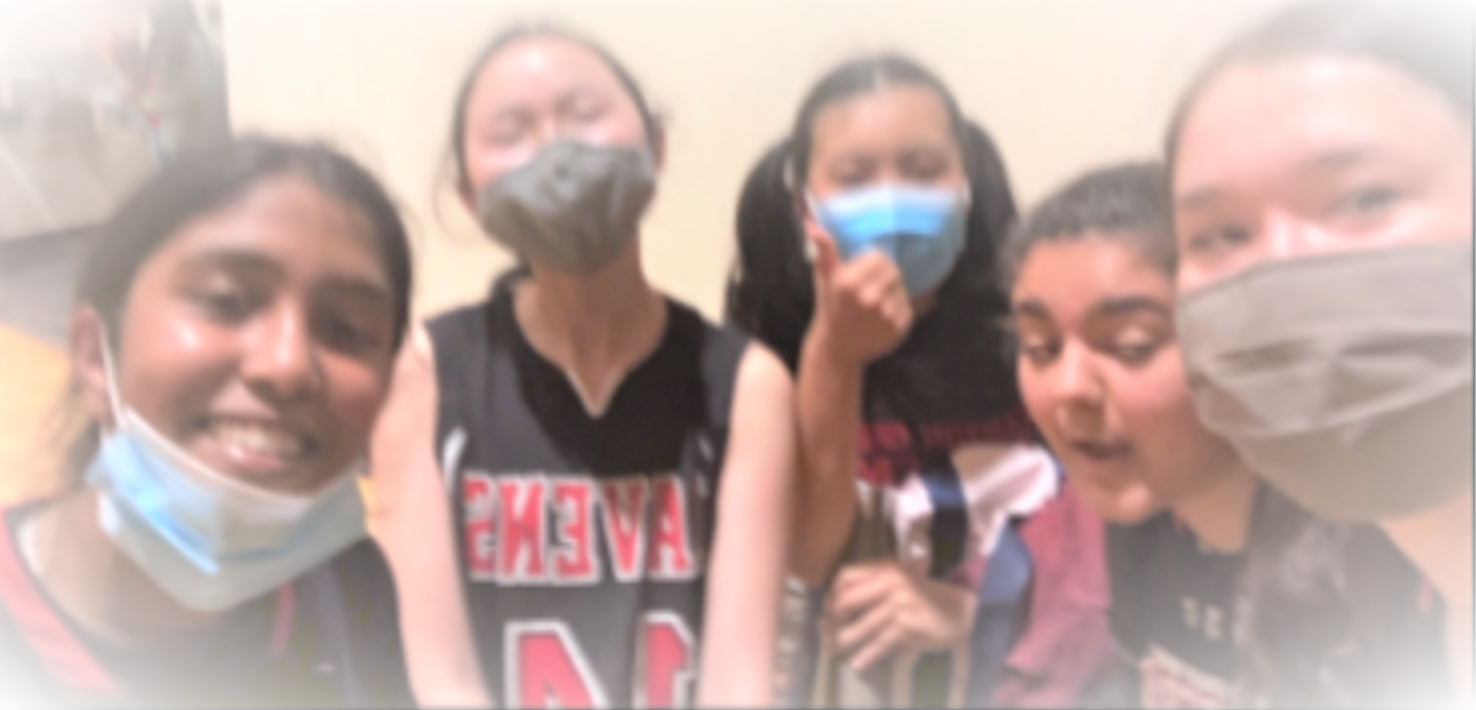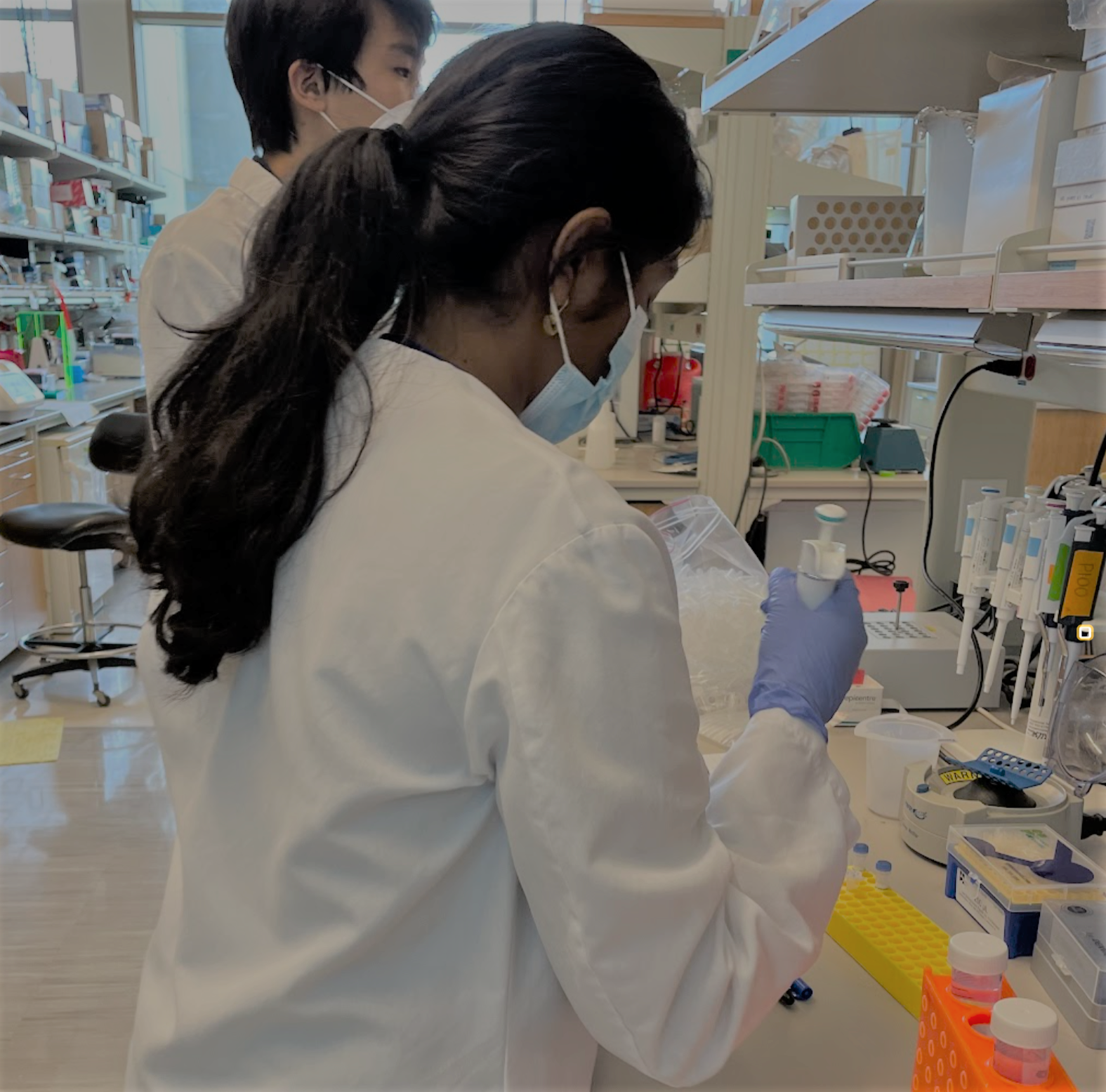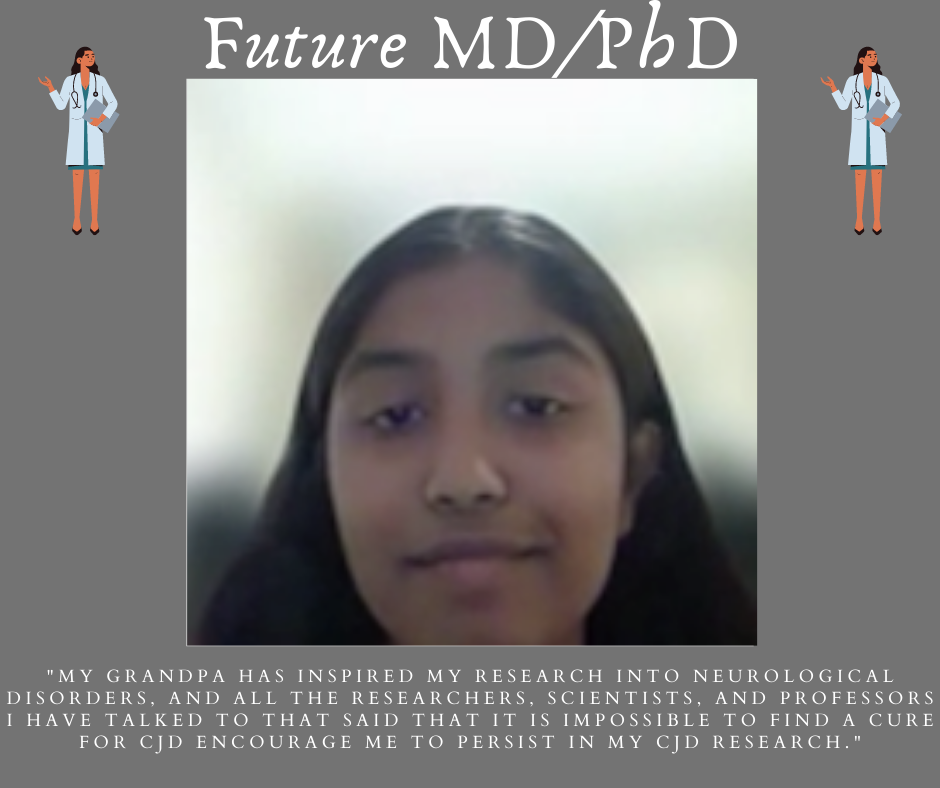It takes a village to preserve and protect our national parks. From park staff, volunteers, and the community at large it’s a big job that requires folks of all ages, experience, and abilities to tackle. This is why NPS organizations like the Southern California Research Learning Center (SCRLC) recruit community researchers to help park scientists answer crucial ecological questions. We can’t protect what we don’t understand, and we can’t understand without diverse assistants!
Enter the Boz Institute’s Research Immersion Program. This STEM (science, technology, engineering, math) initiative recruits high school and early college students to tackle problems in the real world. Boz asked their students, “How are humans affecting ecosystems and the species that live in them?”. We caught up with one of these youth researchers to learn how she is answering this question. See how she’s changing the world below!
Science educator Sam Wynns: What’s your earliest memory of being interested in STEM?
Researcher Trisha Thontepu: My earliest memory of being interested in STEM was in my 6th grade science class where we were building a model of the brain. I remember being so fascinated with the anatomy of the brain, and now I'm thankful that I have the opportunity to learn more and do research on the brain.

Image courtesy T. Thontepu – Trisha with her basketball teammates.
Science educator Sam Wynns: What problem would you love to solve with science?
Researcher Trisha Thontepu: There are many problems I'd like to solve with science, but one problem that I am currently focusing on is researching Creutzfeldt–Jakob disease (CJD). CJD is a fatal, rapidly progressive brain disorder with no cure and no treatments. My grandpa was diagnosed with CJD 2 months ago, and I have been dedicating my focus on CJD research. In the process of doing this research, I have developed a passion for the environment and environmental activism. CJD can be transmitted through cows and I have been researching the effects of raising cows for the production of collagen on the environment, which led me to work on a project to ethically and sustainably produce bacterial collagen. Overall, I’d like to do CJD research to potentially find a cure for CJD and do environmental research to better protect the environment.
 Image courtesy T. Thontepu – Trisha doing benchwork in the Boz lab.
Image courtesy T. Thontepu – Trisha doing benchwork in the Boz lab.
Science educator Sam Wynns: Tell us about your research with Boz: What does it entail, and what are you hoping to achieve?
Researcher Trisha Thontepu: My research with Boz entails doing research on Black Abalone (Haliotis cracherodii), an endangered organism that lives on the coast of California, which is near San Diego, making the protection of Black Abalone a personal and local problem for me. I am also learning research skills and techniques that I can apply to my own research with CJD through Boz.
Science educator Sam Wynns: How will your work with Boz and the National Park Service help you in your career or life?
Researcher Trisha Thontepu: My work with Boz and the National Park service has inspired me to continue my environmental activism and research about the environment. This research helps me understand the environmental stressors that are causing the Black Abalone to be endangered, so I can use my research to better protect Black Abalone and the environment.
Science educator Sam Wynns: How would you like to impact the world?
Researcher Trisha Thontepu: I hope to make a breakthrough in CJD research and motivate others to pursue research in whatever field they would like.
 Image courtesy L. Griffin – Trisha speaking about where she wants to go with science and who inspires her.
Image courtesy L. Griffin – Trisha speaking about where she wants to go with science and who inspires her.
Do YOU want to help us preserve and protect? Find a community science project near you at: https://www.citizenscience.gov/catalog/nps/#
More information:
About the Southern California Research Learning Center:
https://www.nps.gov/rlc/southerncal/index.htm
About the Boz Life Sciences Institute: https://bozinstitute.org/
About CJD:
